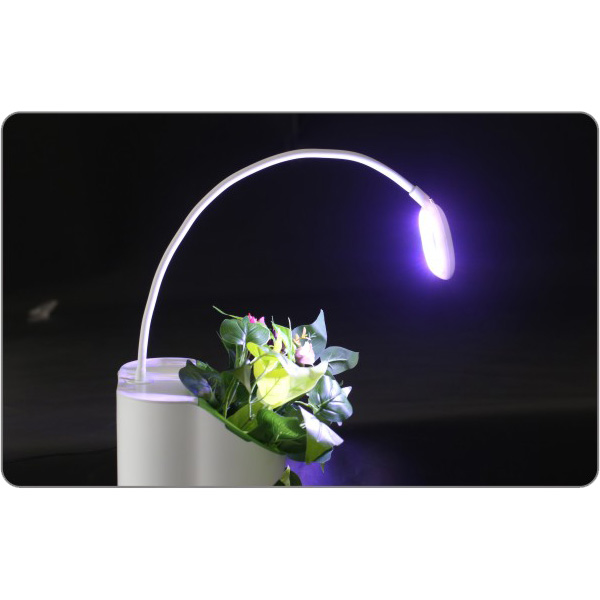When designing the aquarium, we must pay great attention to the filtration system, which plays an important role in maintaining a stable ecosystem. Generally speaking, the aquatic plants in the aquarium are dense and luxuriant. Considering that some short aquatic plants need enough light, there must be enough space for lights. But how much do you know about filtration systems? Today, the Aquarium Design and Construction Project shares the key knowledge of the filtration system with you, hoping to help those who need it! How to choose a filter system when designing the aquarium?
First: filter up
There are two common types of upper filtration: trickle filtration and backwater baffle filtration.
Because the filter is located on the top of the fish tank, the space for lighting equipment is reduced (especially fluorescent lights). If aquatic plants are planted intensively, mild water shortage should be considered. In the structure of the filter system, water will come into contact with air when passing through the filter tank, so CO2 will escape into the air.
Advantage:
1. Because it is installed on the top of the fish tank, it is very convenient to clean and maintain.
2. CO2 is easy to escape structurally, which is more suitable for filtering fish tanks.
Disadvantages:
1. In terms of structure, CO2 has a large contact area with air and is easy to escape.
2. Due to limited space, lighting equipment is not suitable for aquatic plants.
Second, bottom filter
The bottom bed of the straw tank produces water flow, which makes the temperature difference between the water and the bottom bed almost non-existent. In addition, it can replenish potential oxygen. In theory, it is very suitable for aquatic plants. However, if the sand at the bottom is used as a filter for water purification, the water needs to pass through the cracks in the sand, and the roots of aquatic plants grow through the cracks in the sand. If the aquatic plants grow thick, the accumulation of roots is inevitable, so there are fewer water channels between the sand particles and the filtering effect will be reduced. Therefore, this method is not suitable for long-term maintenance of water features.
Advantage:
1. The bottom bed will generate flow, and the temperature difference between the bottom bed and the water will become smaller.
2. It can provide oxygen for more microorganisms in the bed, which is conducive to the reproduction of microorganisms.
Disadvantages:
1. When aquatic plants flourish on the bottom surface, the sand gap is easily blocked by grass roots, so it is difficult to maintain stable water quality for a long time.
2. Bottom fertilizer is easy to lose and is not suitable for aquarium use.
Three, side filter
Side filters include: quadrilateral side filters, corner filters and rear filters. Because it is set in the cylinder, the filter tank will not be too big and the filtering capacity will be limited. Occupies the space in the cylinder and affects the beauty of the entire cylinder.
Advantage:
1. There is enough space for lighting equipment;
2. Carbon dioxide is not easy to escape.
3. There is no problem with the bottom bed, there is water flow, and it meets the conditions for growing aquatic plants.
Disadvantages:
1. When the aquarium is set in the aquarium, the planting space of aquatic plants is limited.
2. Affect the overall beauty.
